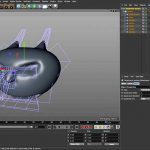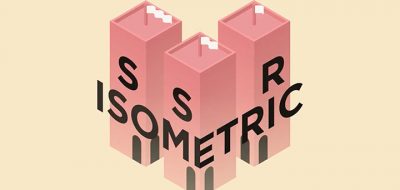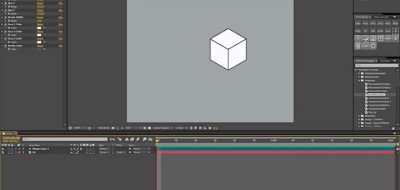Workbench Covers 2 Easy Methods For Creating & Animating Isometric Projections in After Effects
The clean lines of an isometric look are somewhat popular among motion designers. You see it quite a bit still. Although there are customized tools that help with creating iso drawings, there are s few methods that you can do on your own in After Effects. Workbench’s Joe Clay covers two easy techniques for building isometric projections in Ae.
One method is creating (faking really) an isometric camera by putting a camera at a remote distance and taking perspective out of the lens by using a high zoom amount. The other method uses what is called SSR, or Scale, Shear (or Skew), and Rotate. Joe also walks through creating a cube rig that can animate with sliders in After Effects. You can quickly build a little building this way. “if you duplicate the sides and make them smaller, you can combine them with a repeater to get windows!” Joe Clay says.
Isometric projections hold two key attributes. They are devoid of perspective, meaning that the lines are parallel and will never converge. The angle between any two will add up to 120 degrees, or where each axis has the same scale, such as 30° and 30°.
You might also be familiar with a 30°/60° setup, which is a type of axonometric projection that tries to show more than one side of the object. Isometric projections tend to look more balanced.






FREMEAUX MATTHIEU
Nice explaination of the 2 methods !
And, just to let you know, thois is exactly how my tool called Isomatic FX works !
Check it out if you prefer not to do all this manually and to save precious time :
https://aescripts.com/isomatic-fx/